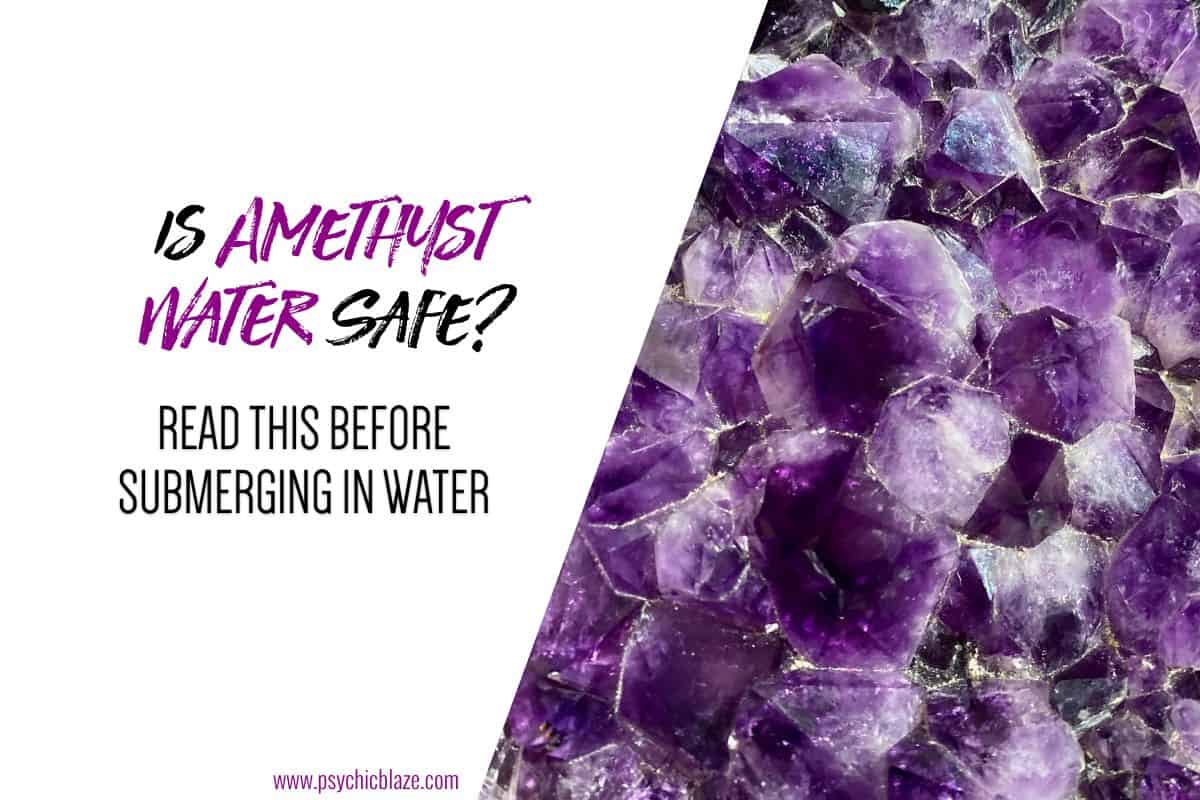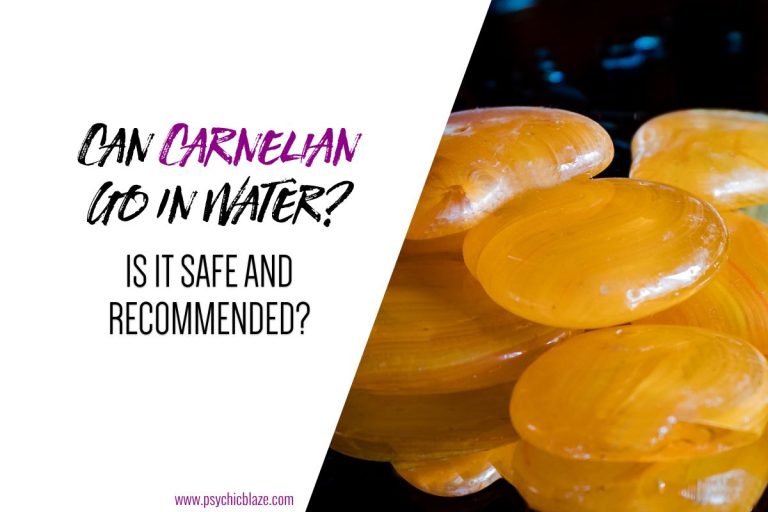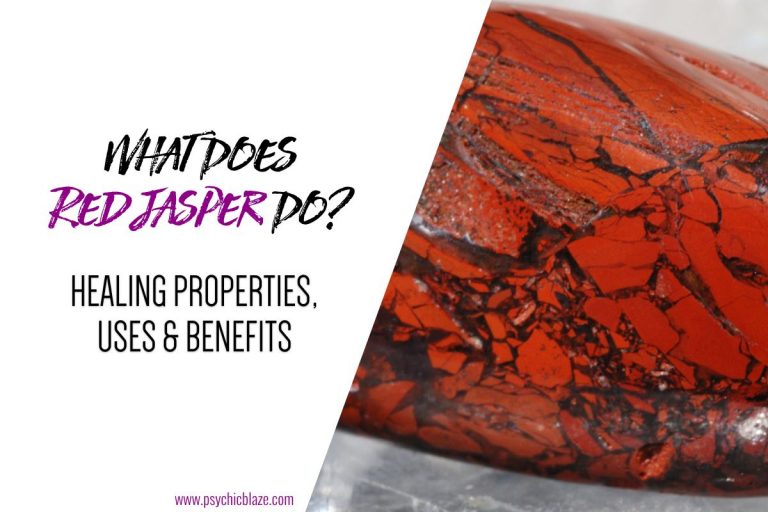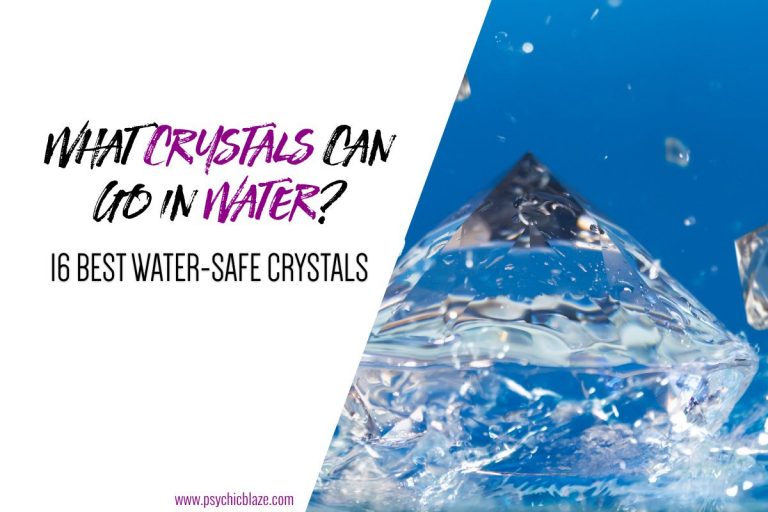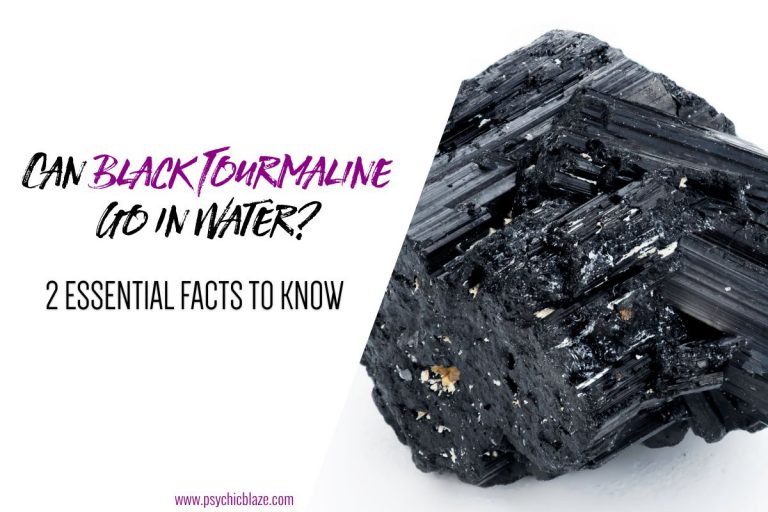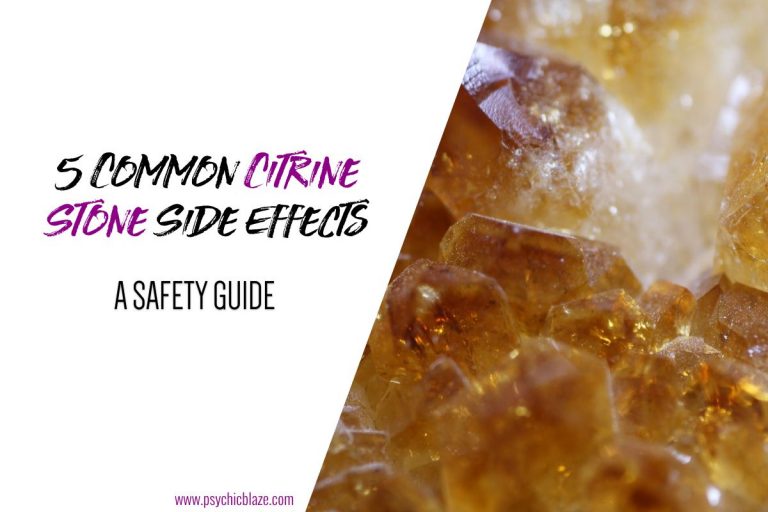Can Amethyst Go in Water? 7 Types of Water Explained
Renowned for being the stone of sobriety, transformation, and enlightenment, Amethyst is a regal and radiant purple gemstone legendary for its ability to draw off physical and psychological pain. This crystal is also widely acclaimed to help overcome addiction, improve concentration and provide clarity and peace to its bearer.
However, it is crucial to keep this precious stone cleansed and cleared of negative energy for it to work its magic. One of the most common methods of cleansing a crystal is to wash it with water.
As a general rule of thumb, crystals with a score of 5 or higher on the Mohs scale of hardness are generally safe to cleanse with water. However, it’s not the only factor that determines whether or not a crystal is water safe. You must also consider the porousness and the mineral composition of the crystal.
Can Amethyst Go in Water?
Molded from the prismatic crystals of geodes and hollow rocks, Amethyst has a hardness level of 7 on the Mohs scale, making it generally safe to be submerged in water – be it in spring water, cold water, fresh water, or even tap water.
However, you must keep in mind that sudden temperature changes can cause Amethyst to rupture. Thus, steaming it is not advisable. Apart from that, Amethyst should not be mixed with vinegar, ammonium fluoride, hydrofluoric acid, hydrogen peroxide, or alkaline solutions.
In the following sections, we’ll go over the different types of water that are safe to use with your Amethyst crystal and the types of water you should avoid to keep it from rupturing, dissolving, or losing its finish.
Is It Safe to Hold Amethyst Under Running Water?
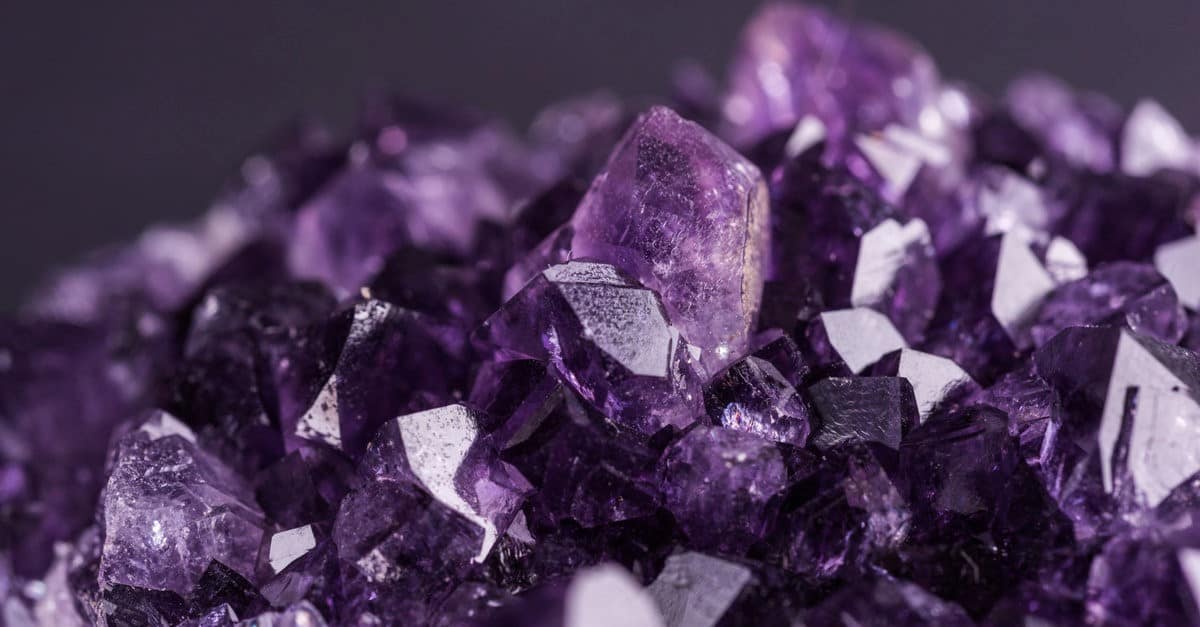
Because of its rather hard and durable properties, Amethyst is a water-safe gemstone. Therefore, you can cleanse it by holding it beneath running water without worrying about it dissolving or becoming damaged in any way.
However, Amethyst stone is quite sensitive to sudden temperature changes, so make sure that the water is not too hot or too cold to avoid the stone rupturing and losing its seal.
Can Amethyst be Cleansed with Filtered Water?
Another excellent way to cleanse your Amethyst is to use filtered water. This will reduce the amount of mineral damage to your crystal and augment the purification process. Using charcoal as a water filter is also advised because it is highly effective at eliminating waterborne pathogens and chemical impurities from the water.
Can Amethyst Go in Rain Water?
Rainwater is also a great way to neutralize the negative and purify any unwanted energy emanating from your stone. It is said that the most powerfully charged water is those that come directly from nature. Allowing the raw cosmic energy of the Earth to cleanse your crystal effectively raises its vibrational output.
You can opt to collect some rainwater in a bowl and let it soak for a couple of hours, or you can just allow the crystal to sit outside the rain.
Can Amethyst Go Moon Water?
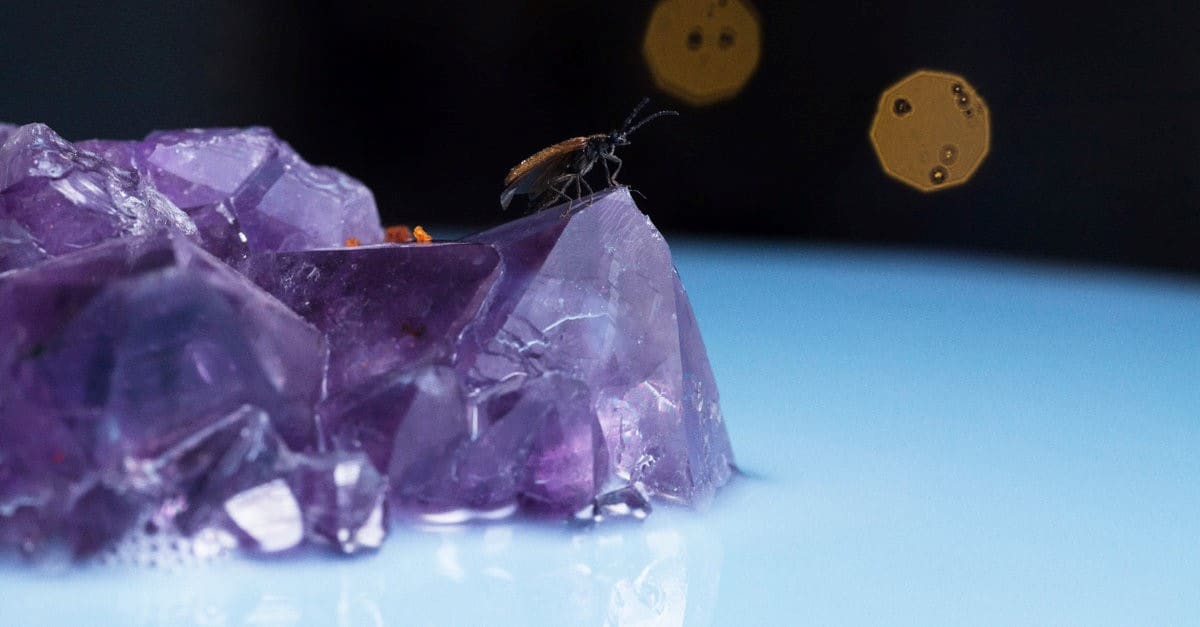
Another widely known and effective tactic of cleansing and charging crystals is to use moon water. As the name implies, moon water is simply water that has been brewed outdoors under the light of the moon.
Imbibing your Amethyst with moon water is said to be an excellent way to balance its natural energy. Because the moon’s silvery light is believed to have a powerful cleansing effect, it clears unwanted energies from the stone, allowing the smooth flow of positive and healing energy.
The best time to do this lunar infusion is during the full moon since this is when the moon’s energy is at its most potent. However, it’s highly advisable to refrain from making moon water during an eclipse, as this celestial event is believed to emit high levels of negative energy.
Can Amethyst Go in Bath Water?
Incorporating Amethyst crystal into your bathing ritual is a great way to take your self-care routine to the next level. Not only does it generate a sense of luxury and serenity, Amethyst’s electromagnetic vibrations are also said to aid psychosomatic diseases, block geopathic stress, and calm anxiety. On top of that, it could also facilitate multidimensional cellular healing and clarify your spiritual vision.
You can use your Amethyst crystal either by dousing it on your bathtub or just placing it in any of the four corners of the tub while you experience a soothing and refreshing bath. However, the ingredients of the shower products you use must be taken into account.
Before you soak it in your tub or wear it in the shower, you have to ensure that the bathing supplements you are using are natural, alcohol-free, organic, and crystal-friendly. You must be wary of mixing your crystal with chemicals from your soap, body wash, bath bombs, or bath salt that can damage it.
Can Amethyst Go in Saltwater?
Although it’s generally safe to drench Amethyst in water, it is not recommended to put it in saltwater for an extended period of time to avoid damaging the crystal. Aside from the high sodium levels, salt particles tend to seep through and can be difficult to rinse off, which can create a damaging reaction in the crystal, which causes it to lose its luster and break easily.
Even though ocean water provides tremendous energetic benefits for the crystal, the salt components of the sea can cause catastrophic long-term damage to the Amethyst crystal. If you’re still adamant about using salt water to cleanse your crystal, make sure that you only dip it briefly and then rinse it well with regular water to remove any salt particles that may have attached to the crystal during the process.
Can Amethyst Go in Spring Water?
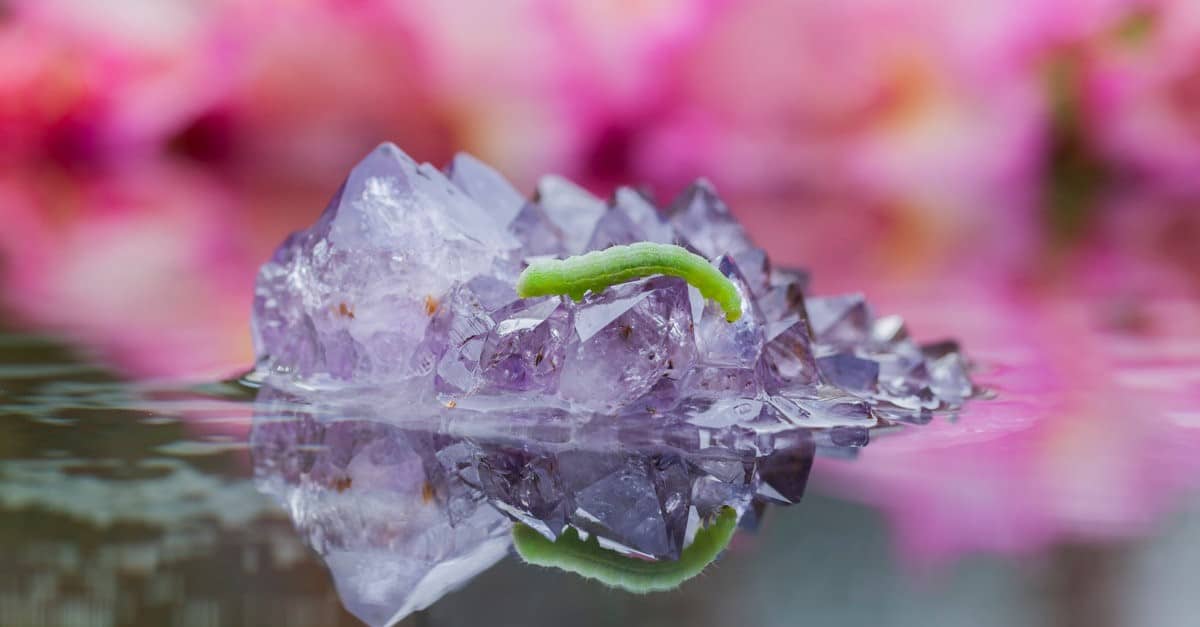
Steeping your purple-hued gem into spring water or any clean stream of river is also a safe and effective method of cleansing. Springwater is thought to be a rich source of healing and nourishing energy, which can be transfused to the Amethyst crystal and assist in maximizing its restorative magic.
Is It Safe to Drink Amethyst-infused Water?
With its royal crystal essence, tranquilizing effects, and healing properties, Amethyst-infused water could aid in flushing out toxins from the body, instilling peace of mind and resolving persistent anxiety.
Furthermore, regularly drinking Amethyst-infused water is said to regulate hormone production, balance the endocrine system and enhance the circulation of healing energy throughout the body. However, you must ensure that you thoroughly cleanse your crystal before infusing it in water and drinking it.
In order to make Amethyst-infused water, simply fill a mason jar with water, drop in the Amethyst, and put it in the fridge for a couple of hours. Your drink is now freshly prepared, chilled, and ready for your consumption.
Alternative Ways to Cleanse Your Amethyst
It’s crucial to cleanse and purify your crystal before and after using it for its magic to manifest in life. If you’re hesitant about using water as a cleansing tool, here are other ways you can cleanse your crystal without using water:
- Bury it underground for 24 hours. This will allow Earth to absorb the negative energy and rejuvenate the crystal.
- During a full moon, place it on your windowsill or in your backyard for a moon bath.
- Use other cleansing crystals such as Selenite and Clear Quartz.
- You can also do a sound cleansing by using crystal singing bowls, bells, and triangles.
Because Amethyst is particularly sensitive to heat and sudden temperature changes, you may want to avoid using incense and sunlight to cleanse it.
All in all – Is Amethyst Water Safe?
In the final analysis, Amethyst is generally considered water safe. Because of its hardness and durability, it can be safely cleansed with freshwater, moon water, spring water, filtered, and even tap water without sustaining any damage. However, it’s highly advisable not to submerge the Amethyst in water that contains saline, chemicals or is at an extremely high or low temperature.

